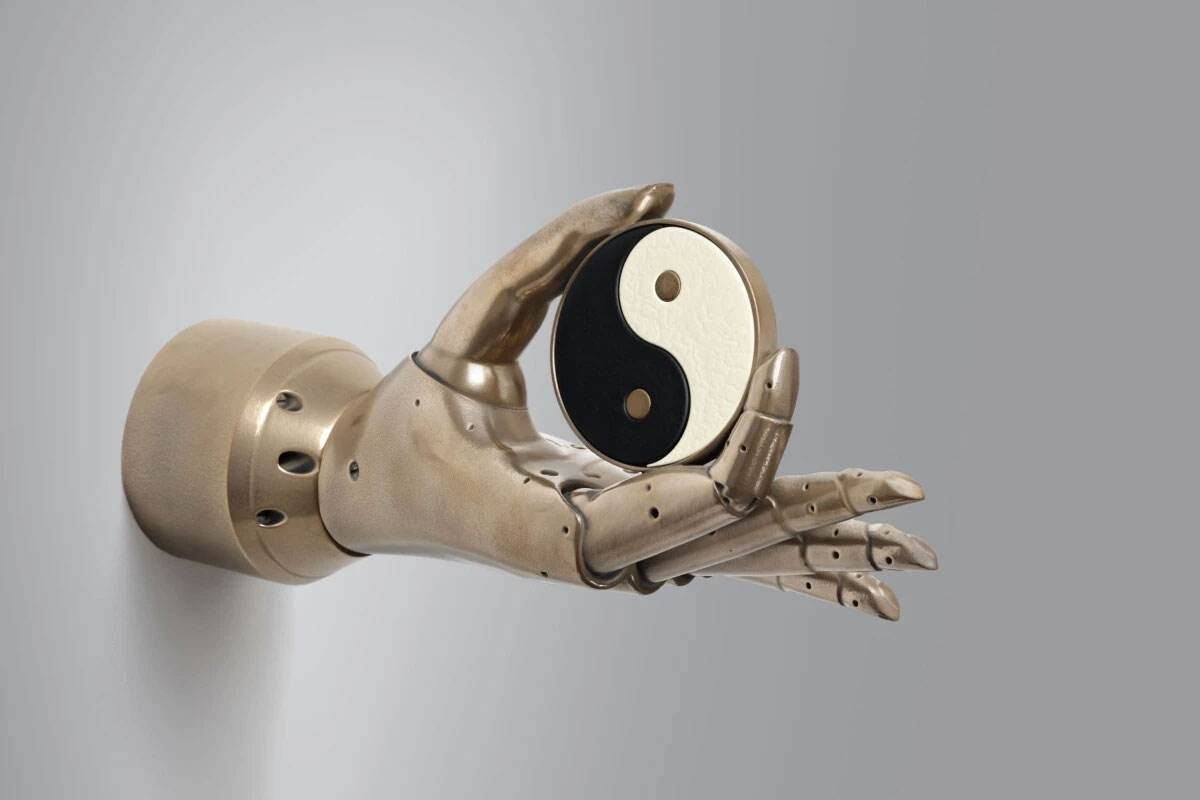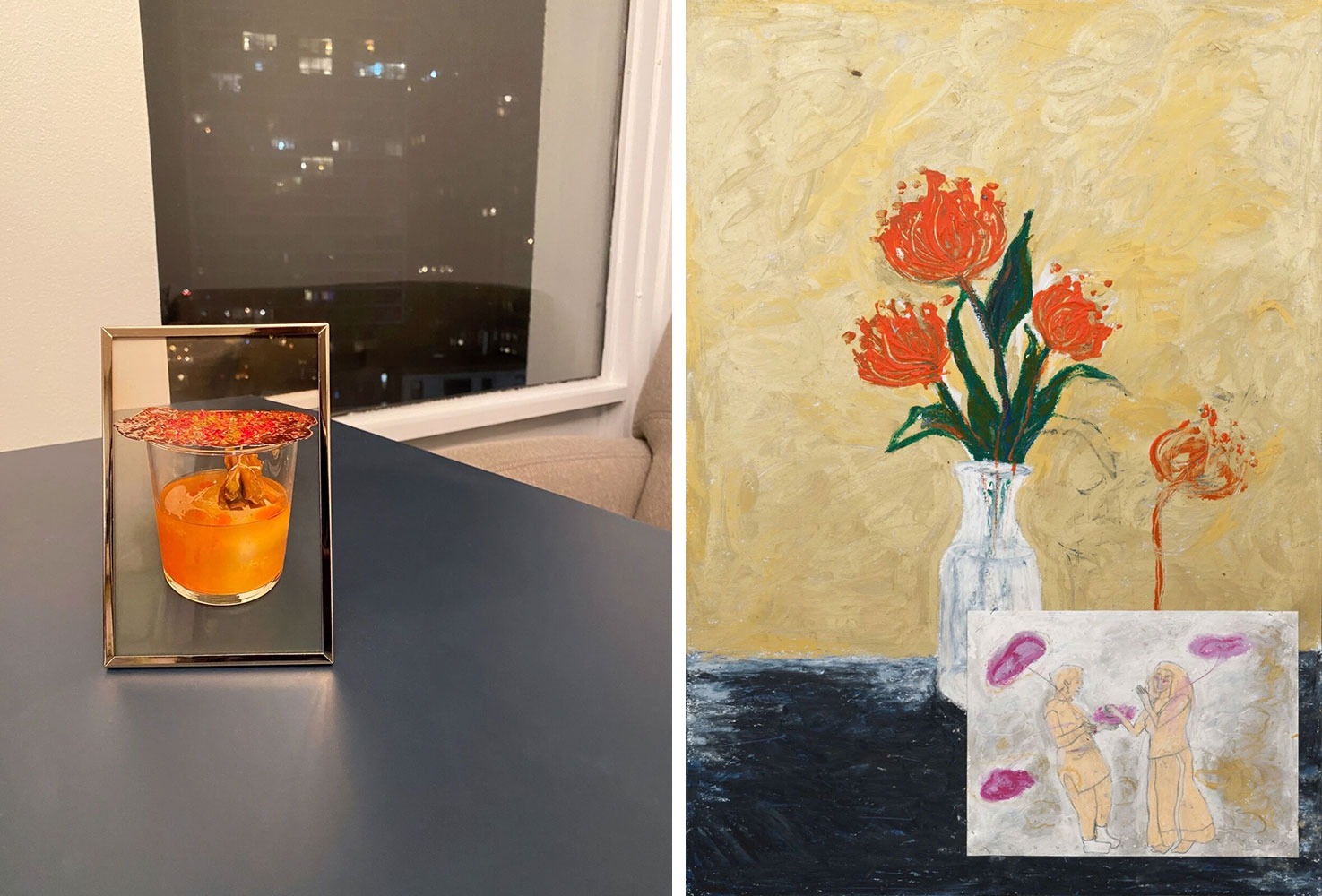PRESENTATION: Dream Time
 The group exhibition “Dream Time” explores the complexity of dreams-both as reveries and aspirations-with themes of will, hope, memory, and imagination. Turning UCCA’s Central, New and West Galleries into a dreamscape, the exhibition aims to evoke sensory and intellectual channels, thereby leading viewers to rethink their contemporary lives. 15 artists and art collectives investigate the complex meanings of dreams-both as reveries and aspirations-in works that span media including painting, sculpture, photography, video, installation, and performance.
The group exhibition “Dream Time” explores the complexity of dreams-both as reveries and aspirations-with themes of will, hope, memory, and imagination. Turning UCCA’s Central, New and West Galleries into a dreamscape, the exhibition aims to evoke sensory and intellectual channels, thereby leading viewers to rethink their contemporary lives. 15 artists and art collectives investigate the complex meanings of dreams-both as reveries and aspirations-in works that span media including painting, sculpture, photography, video, installation, and performance.
By Efi Michalarou
Photo: UCCA Archive
Dreams are extremely private, depicting an individual’s inner world, arousing their secret desires and fears, connecting them to the past and future, and reinforcing their identity with the self and the collective. Modern technology seems to have intruded that private space. People become constantly interrupted by the infinite fragmented information accessible at their fingertips, and deprived of the time to think about more essential topics-gender and cultural identity, environmental sustainability, subjective perception, intimate relationships, evolution of technology, personal and collective memories, to name a few. In this exhibition, the artists and collectives bring these topics back into focus, presenting thoughts, stories, and perspectives based on their diverse personal and cultural backgrounds. With their works, “Dream Time” transforms the Central, New and West Galleries at UCCA Beijing into a dreamscape steeped in psychological and socio historical fiction, opening multiple sensory and intellectual channels of the audience, embedding reconsolidated memories and reconstructed future images from their inner worlds into the dreams of the collective, leading them to rethink their contemporary lives.
“Genies of Water” is a collaboration between artists Aslı Çavuşoğlu and İnci Eviner. Aslı Çavuşoğlu examines the ways in which cultural and historical facts are transformed, represented, and interpreted by individuals. In her projects across various media, Çavuşoğlu often assumes the role of an interpreter, writer, or facilitator to highlight the precarious and subjective nature of our shared histories. İnci Eviner’s practice centers on drawing, which she describes as “expressions made through lines on paper.” Her wide-ranging visual language draws upon allegory, art historical iconography, illustration, mythology, and contemporary pictograms to discuss various aspects of womanhood, gender, and identity politics. For “Genies of Water” the two artists visited the Ergene River in Turkey’s Thrace region, and discovered that the river was severely polluted by industrial waste. The experience inspired this large-scale work on rice paper. The artists made silkscreen prints to redraw images of underwater creatures eradicated by pollution, incorporating elements extracted from urban culture and local mythologies. Notably, the ink they used was blended with water from the polluted river. Genies of Water takes its title from the Jinn, invisible spirits from Anatolian mythology with the ability to take various forms and exercise extraordinary powers. As the artists completed the drawings, it was as if they gave physical form to these underwater genies, turning the artistic process into a sort of shamanic action. These figures, flowing across the rice paper in water and ink, restore vitality back to the river.
Doreen Chan is a multimedia artist interested in social practices. Her work focuses on individual perception, interpersonal relationships, and their material tensions. By collecting and reconfiguring fragments of daily life, she explores the interactions between the individual, the collective, and personal memory. “HalfDream”, an ongoing participatory project Chan initiated in 2020, records the dreams of people from different regions, matching commonalities and thereby allowing participants to connect across boundaries. With recent societal upheavals as well as cultural and political divisions, the artist sees dreams as a common language that might connect people from disparate backgrounds. “Dreams are real once we remember them. They become our memories, just like what happens in our waking life,’’ Chan explains. By empowering visitors to listen to, share, and search for common dreams.
Aleksandra Domanović is a Berlin-based artist and filmmaker. She often uses an autobiographical approach to explore the connections between technology, history, and identity through sculpture, film, print, and digital media. This exhibition presents four works inspired by the Belgrade Hand. Developed by Yugoslav scientists, the Belgrade Hand was the first robotic prosthetic hand with sensory feedback. Each of the four hands assumes a different gesture and bears an item related to feminist narratives. In “Little Sister II”, a dove sits perched on a finger, a reference to sculptural depictions of Saint Scholastica. In Christian mythology, Saint Scholastica’s soul ascended to heaven in the shape of a dove, as witnessed by her twin brother. Torches of Freedom references 1950s cigarette marketing strategies—to attract women consumers, advertisers linked cigarettes with notions of female liberation, and unintentionally challenged the social norms of the time in the process. The grasping gesture of Relay Runner recalls the Relay of Youth held annually in the former Yugoslavia from the 1940s to the 1980s, one of the most symbolic collective events in that period of the country’s history.
Sky Hopinka is a Native American video artist, photographer, and poet. He is a member of the Ho-Chunk Nation and is descended from the Pechanga Band of Luiseño Indians. His work, which he describes as ethnopoetic, is rooted in his life experiences but expands outward from them. In his films, Hopinka pieces together video footage, audio recordings, and archival materials to investigate concepts of language, landscape, and identity, as well as the mythology and traditions of Native American societies. In “Lore”, transparencies of friends and landscapes are cut, fragmented, and reassembled on a light table by a pair of hands. Over this, the artist reads a poetic text that describes tales of family, trauma, Indigenous myths, and nostalgia. The poem is also published in Hopinka’s poetry book “Perfidia”. Much like the book is a collage of ideas and images, the film is a visual collage, or visual poetry in motion, as well as a tribute to the voice-over narration in Hollis Frampton’s experimental film (nostalgia). Towards the end of the film, a group of musicians, portrayed by the artist and his friends, gather in a room to play Bo Diddley’s 1955 song “Heart-O-Matic Love”, which describes love as a road trip. Through this interplay of imagery, sound, and text, Hopinka examines the nature of storytelling and the sharing of memory and knowledge.
Itziar Okariz works in performance, text, video, and installation to explore the connections between architecture, territory, the body, symbolism, and ritual. “Las Estatuas / The Statues” records Okariz visiting different national and regional museums around the world and engaging in murmured dialogues with statues and other art objects. The artist endows these items with soul, life, and subjectivity through this direct and intimate interaction. By holding a still position for a prolonged period, she also seems to blur the boundaries between herself and the passive object. In this process, Okariz establishes a new, more personalized, and more intimate relationship between herself and the historical meanings that underpin these artworks. “For Diary of Dreams”, the artist recorded her dreams in text over a period of time, which she then turned into a vocal performance. In the performance, she repeats certain sentences and inverts the order of words, and this deconstructing of narrative echoes various aspects of dreaming itself: the elusive relationship between dream and memory, the constantly shifting stream of consciousness and sensorial experience, and the coexistence of reality and fantasy. During the exhibition, the artist will also read from her dream diaries—sharing these once private memories, anxieties, and sentiments that defy rational language.
Yuyan Wang is a film director and multidisciplinary artist whose works explore the impact of media, representation, and the attention economy on the creation of images. She made her new filmic installation, “The Sleeping World Turns Around”, over the course of two years. The work collages a wide range of found footage to create a fictive landscape of artificial lighting. Planetary engineering projects involving technological intervention into the environment can be found throughout history and in many works of fiction. This science fiction-like imagery can now even be found in contemporary life: the illuminated urban landscape and the lights of our tech products parallel one another in their ubiquity. Digital products now act as prosthetics or extensions of the body. Modern-day lighting infrastructure is nothing short of awe-inspiring, complemented by recording instruments, video monitoring systems, livestream cameras, and smart phones. Together, these technologies have become the basis for a collective image memory. In this exhibition, a storefront window structure divides Wang’s work into a space of layered projections. The visitor becomes part of the spectacle in this unique filmic experience. The one-way mirror prompts viewers to reflect on how their environment affects their viewing behaviors. In the artist’s opinion, even though life grows increasingly digital, wireless, and reliant upon cloud data, our capacity for imagining the future is increasingly constrained by notions of geologic time and finite resources. Through this project, she hopes to capture a cross section of our age of obsession with visibility and efficiency, as well as the afflictions of our desire for boundless sight and illumination.
Participating Artists: Aslı Çavuşoğlu & İnci Eviner, Doreen Chan, Aleksandra Domanović, Feng Zhixuan, Tirdad Hashemi & Soufia Erfanian, Sky Hopinka, Christine Sun Kim, Ma Qiusha, Itziar Okariz, Peng Zuqiang, Sin Wai Kin, Chin Tsao, Evelyn Taocheng Wang, Yuyan Wang, Guanyu Xu
Photo: Aleksandra Domanović, Sueño de una tarde, 2014, Laser-sintered PA plastic, polyurethane and bronze finish, 9 × 13 × 26 cm, Courtesy Aleksandra Domanović and Tanya Leighton, Berlin and Los Angeles
Info: Curator: Yan Fang, UCCA Center for Contemporary Art, UCCA Beijing, 798 Art District, No. 4 Jiuxianqiao Road, Chaoyang District, Beijing, China, Duration: 27/1-28/4/2024, Days & Hours: Tue-Sun 10:00-19:00, https://ucca.org.cn/

Right: Tirdad Hashemi & Soufia Erfanian, Dance That Pincushion with Rhythm, 2023, Mixed media on paper, collage, 84.1 × 59.4 cm, Photograph by Aurélien MolE, Courtesy Tirdad Hashemi & Soufia Erfanian and gb agency









